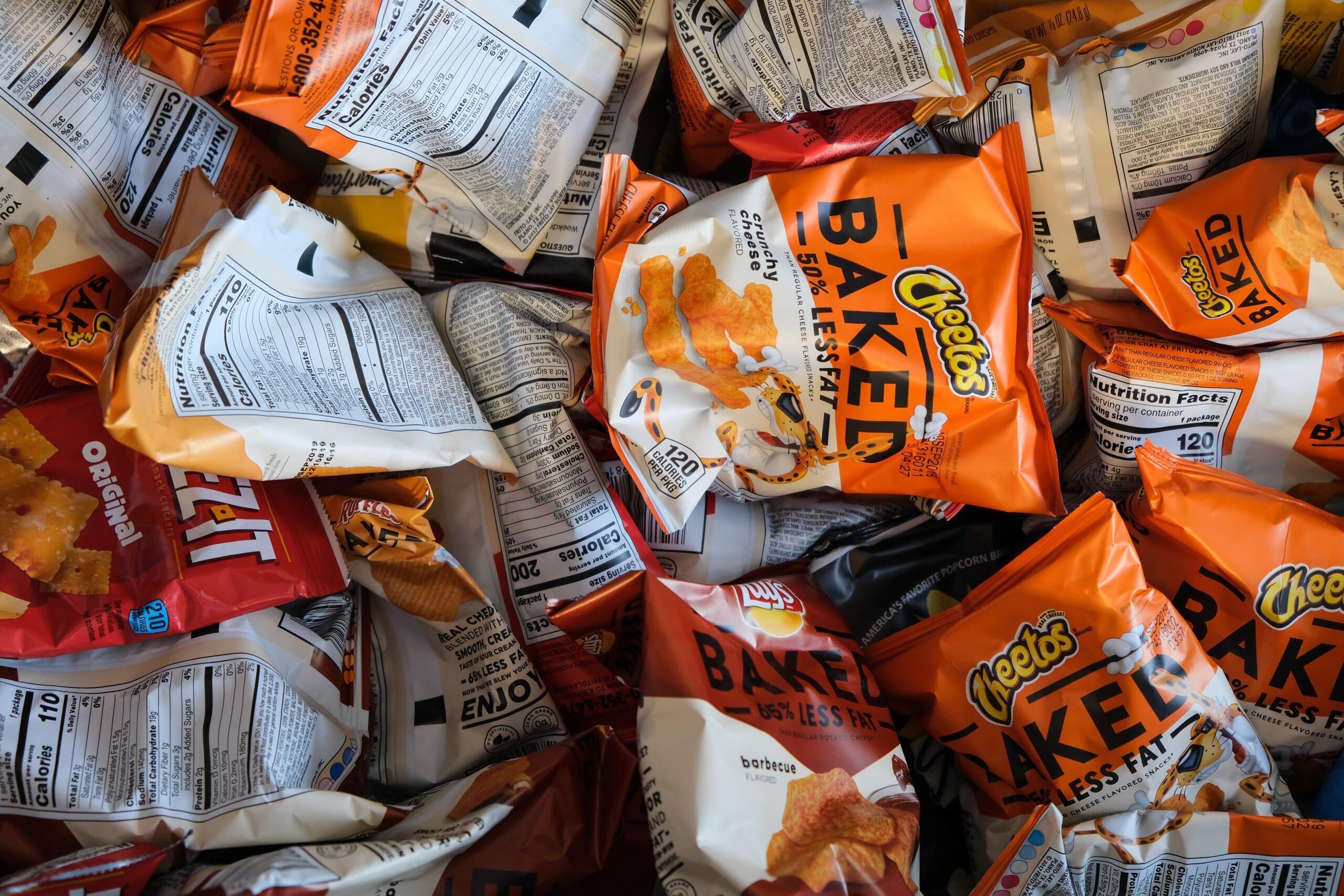There is a silent epidemic spreading throughout America. It is insidious and ravaging, and its victims are our children.
What is it? Obesity. In 1974, only four percent of American children were considered obese. Today, approximately 30 percent of children are overweight and 15 percent are obese, and the statistics almost double in certain ethnic groups such as African American, Hispanic and Native Americans. This epidemic has not been reversed despite all we know about good nutrition and the benefits of exercise.
If childhood obesity continues to increase, it could cut at least two to five years from the average lifespan and could cause our current generation of children to become the first in American history to live shorter lives than their parents.
Medical problems that doctors once saw mainly in adults age 50 or older are now striking at much younger ages, including type 2 diabetes, hypertension, heart disease, stroke and arthritis.
As a pediatrician, I feel the most likely reason that obesity is an epidemic among Americans is because we have been focusing most of our efforts on the wrong population— adults. It appears that once an adult exhibits bad habits, they are very difficult habits to break.
The key to good nutrition and a healthier lifestyle is to adopt healthy habits at a young age. If we target children and develop these good habits early, the possibility of decreasing future morbidity and mortality is astounding.
An obvious solution has been to try to get our children outdoors, off the computers, away from the TV and video games, and to try and teach them about healthy food choices.
Teaching healthy behaviors at a young age is important since change becomes more difficult with age. Behaviors involving physical activity and nutrition are the cornerstones of preventing obesity in children and adolescents. Family is the most critical link in providing the foundation for those behaviors.
Studies reveal how our children are being fed improperly— with too much fat and sugar and too little fruits and vegetables. Too many children grow up believing that french fries are a staple in the vegetable family.
A national survey of parents indicated that almost 70 percent want their children to have good nutrition and eating habits. However, only 40 percent said they’ve succeeded in this area of parenting. Why the discrepancy?
Most parents don’t practice what they preach. Only 51 percent of parents rate exercising and being physically fit as absolutely essential to impress on their children. In addition, more than nine out of ten parents say they let their child eat junk food. It is important to remember that there are healthy alternatives for nearly every kid-favorite food.
Parents are the most important role models for children. It is important to involve the whole family in meal planning, exercise and family outings. Participation by the entire family will ensure that everyone will be motivated to stay fit and healthy.
Get your children to exercise at least three times a week, 60 minutes per day. It doesn’t have to be for an hour session— in fact, it’s a lot easier to break it up into six sessions of ten to 15 minutes.
If we want our children to be healthy, we must set the standard for good nutrition and eating habits. There’s no better time than in early childhood to start a lifelong commitment. You’ll be giving your children the gift of a longer and healthier life.
Here are some helpful tips:
- Plan your family’s meals. By planning your meals, you can keep track of what your family is eating and reduce the craving for eating in between meals.
- Never skip a meal. Skipping meals will cause your metabolic rate to slow down, missing important nutrients in the day, and most likely cause your child to overcompensate by eating empty calories.
- Fulfill the fruit, vegetable, protein, grain, dairy and nut requirement each day. This will keep your child satisfied and he will be less likely to look for empty calorie junk foods.
- Avoid deep fried foods. Serve foods that have been sautéed, baked, broiled, roasted, boiled or grilled.
- No preserved meats. Most preserved meats contain nitrites which are converted in our bodies to a carcinogen (cancer-causing agent). This includes foods that are typically pink in color like bologna, salami, pepperoni, hot dogs, corn beef and pastrami.
- No sodas, juice drinks or sweetened drinks. Have your children drink mostly water but include skim or low fat milk, fresh fruit juice and fresh vegetable juices.
- Exercise daily. Studies have shown that children as young as 2 years old should incorporate 60 minutes of exercise into their daily regimen.
- Involve the entire family. Parents should be mentors to their children and set a healthy lifestyle for all to adhere to.
The Dos and Dont’s of Healthy Eating
DO plan your meals every week so that you are able to keep track of what you are eating.
DO incorporate foods that the whole family is comfortable with.
DO eat fruits, vegetables, protein, grains, nuts and dairy daily. This will keep your children full and less likely to turn to foods with empty calories.
DO involve the whole family in meal planning, exercise and family outings.
DON’T completely eliminate the foods children are used to eating. Instead, try to make a healthy version.
DON’Texpect the children to participate in good nutrition and exercise without parents being good role models.
DON’T rely on gym class or sports team involvement to teach your kids lifelong exercise habits. Children need to learn to exercise without being a part of a sports team and get into the habit of an exercise routine.




